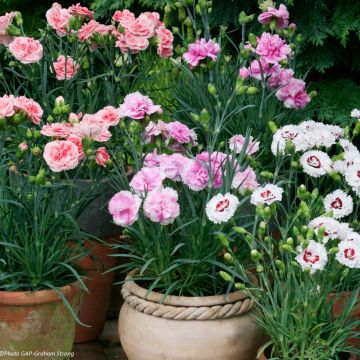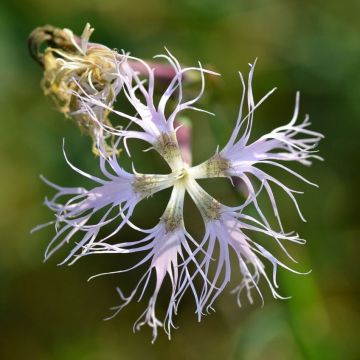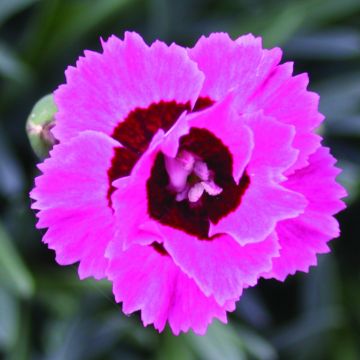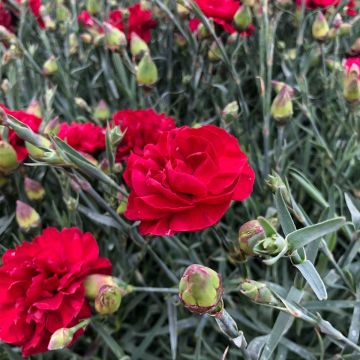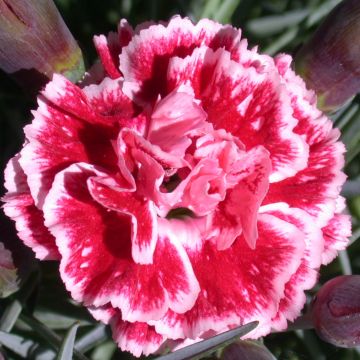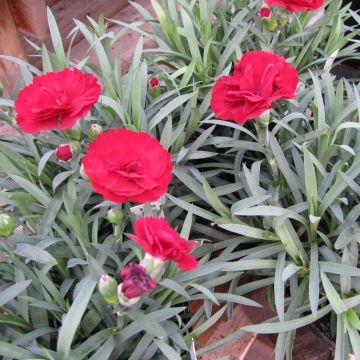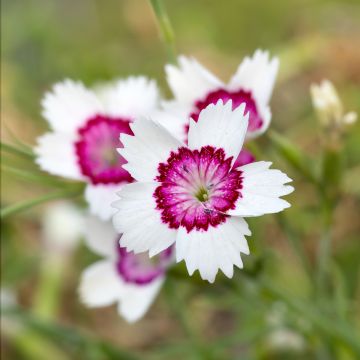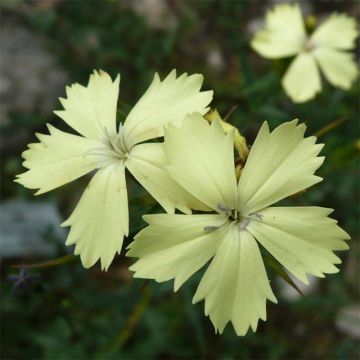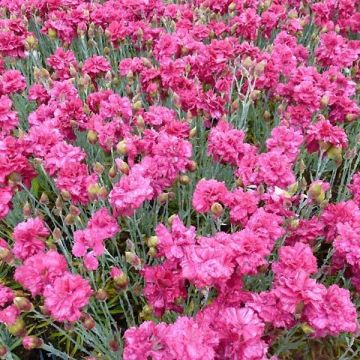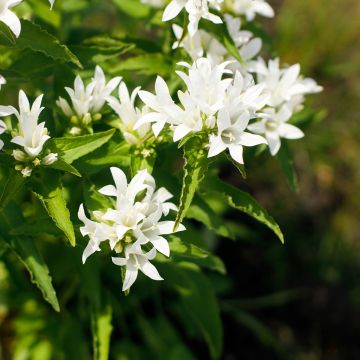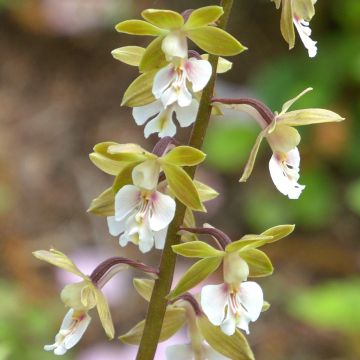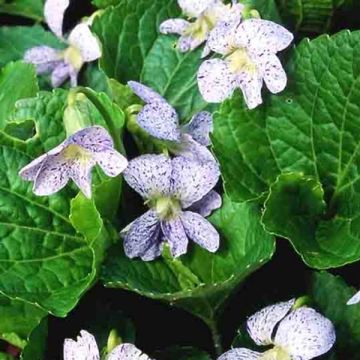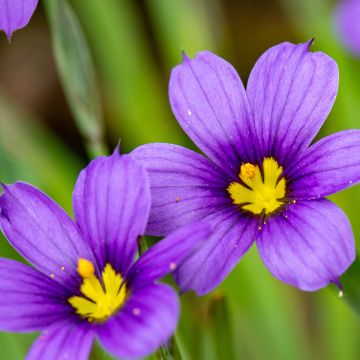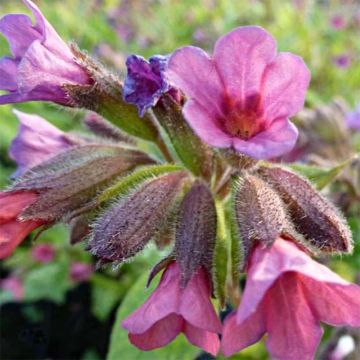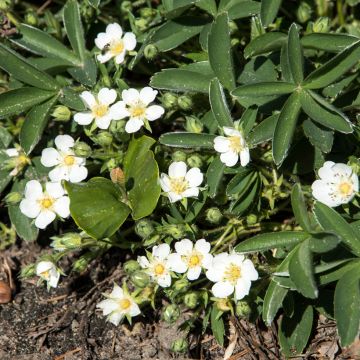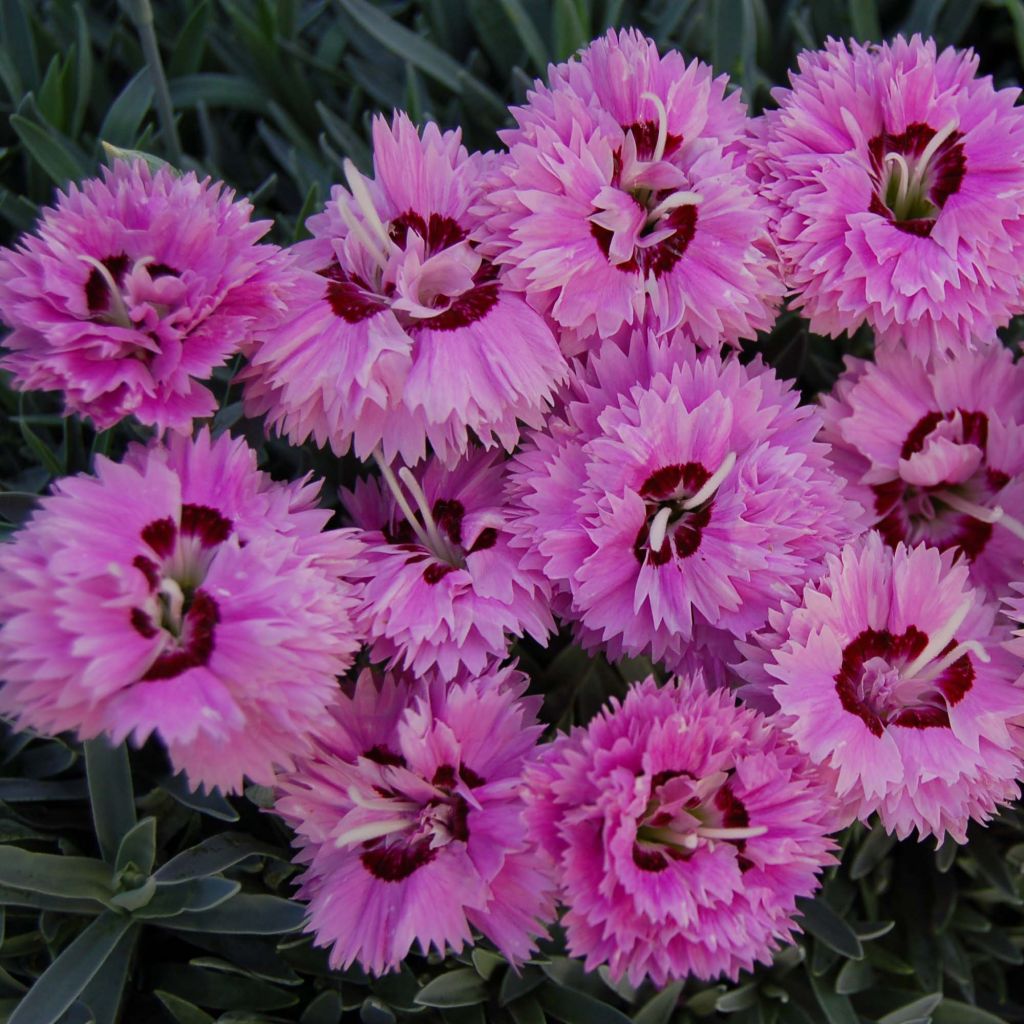

Dianthus WHETMAN STARS Pop Star
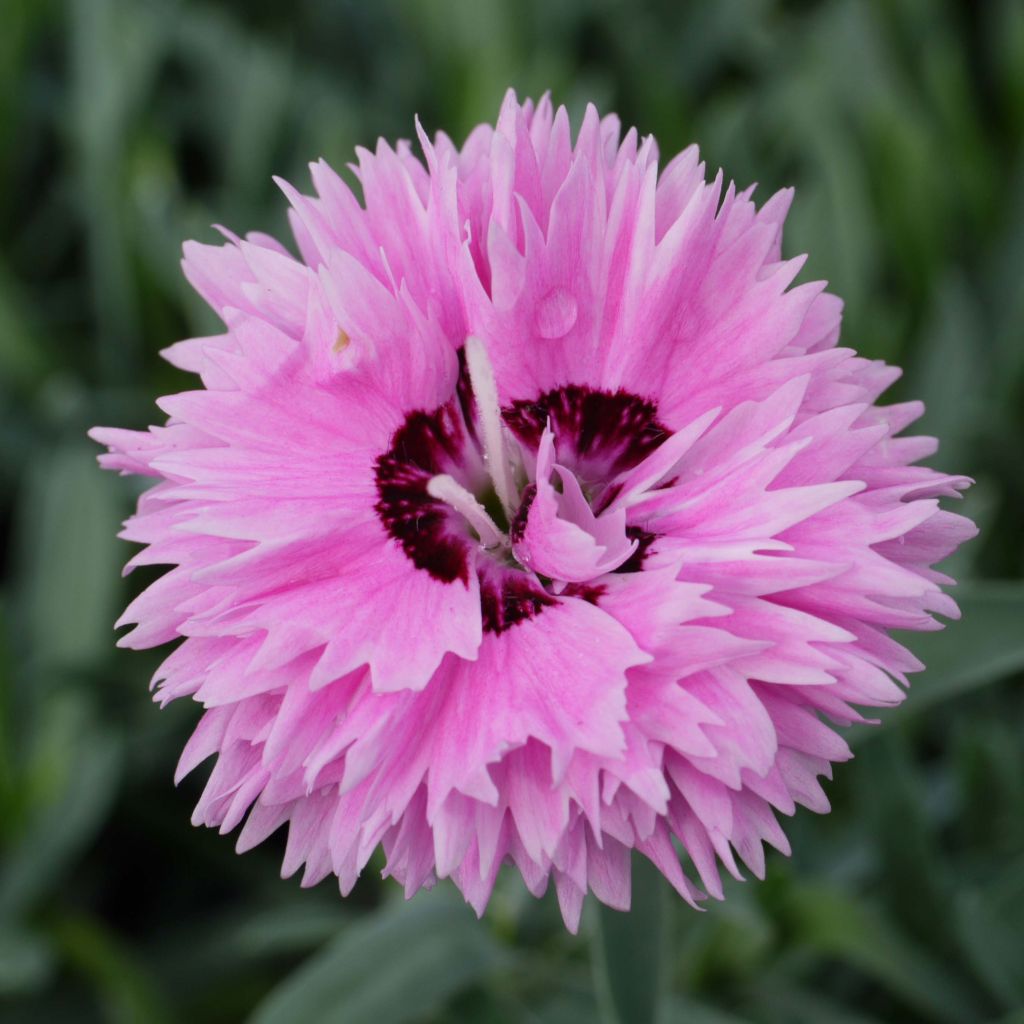

Dianthus WHETMAN STARS Pop Star
Dianthus WHETMAN STARS Pop Star
Dianthus WHETMAN STARS ® Pop Star
Pink, Pot Carnation
This item cannot be shipped to the selected country
Delivery charge from €5.90
More information
Delivery charge from €5.90
More information
Schedule delivery date,
and select date in basket
This plant carries a 12 months recovery warranty
More information
We guarantee the quality of our plants for a full growing cycle, and will replace at our expense any plant that fails to recover under normal climatic and planting conditions.
From €5.90 for pickup delivery and €6.90 for home delivery
Express home delivery from €8.90.

Does this plant fit my garden?
Set up your Plantfit profile →
Description
Dianthus 'Pop Star' is part of a new range of hybrid carnations called Whetman Stars, selected for their early and fragrant flowering and compact habit. This dwarf carnation forms a neat, evergreen cushion of grey-green foliage that remains attractive all year round. It boasts a delightful summer flowering of double flowers with fringed edges in a lavender-pink colour enhanced by a small cherry-red eye. This very hardy and low-maintenance variety is a wonderful perennial for rockeries and sunny containers.
Dianthus 'Pop Star' belongs to the Caryophyllaceae family. It is a recent cultivar, selected in England for its hardiness, compact size, and ease of cultivation. The growth of this carnation is quite rapid. Its mature height, slightly taller than the varieties in this range, will not exceed 20cm (8in) when in flower, with a spread of 30cm (12in). This carnation forms a dense clump, composed of stems adorned with slender leaves. From June to August, it produces slender and short stems bearing solitary, double flowers with strongly fringed edges, displaying a small central halo of red that adorns a corolla of light lavender-pink. The fragrance of the flowers is more pronounced in warm weather. Its linear, glabrous, evergreen, and leathery leaves are a superb grey-green colour.
Dianthus 'Pop Star' is a border plant, suitable for dry embankments and rockeries. It is also ideal as a wall cover. It can be accompanied by other flowering cushions such as its sibling D. 'Evening Star', helianthemums, silenes, dwarf artemisia (Artemisia lanata), wall bellflower (Campanula muralis), Caucasian rockcress (Arabis caucasica), moss phlox (Phlox subulata), cooper's ice plant (Delosperma cooperi), Mexican fleabane (Erigeron karvinskianus), and bloody cranesbill (Geranium sanguineum). This plant looks lovely between the stones of a wall or paving, or in containers. It adapts very well to container cultivation in lightweight soil, but will require regular watering and some fertiliser during the season to remain floriferous.
Dianthus WHETMAN STARS Pop Star in pictures
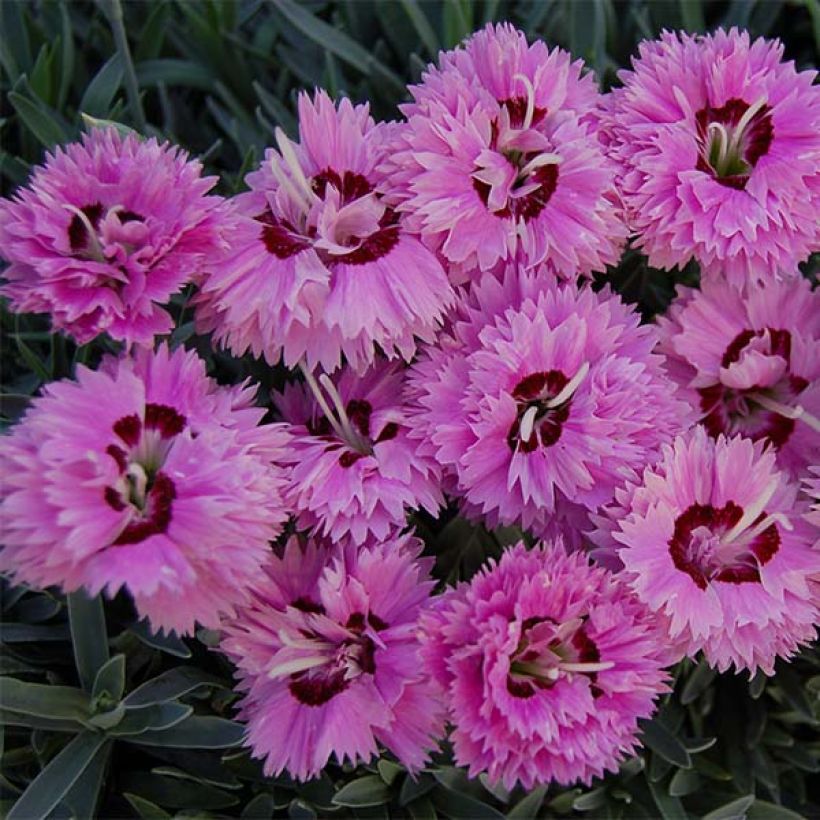

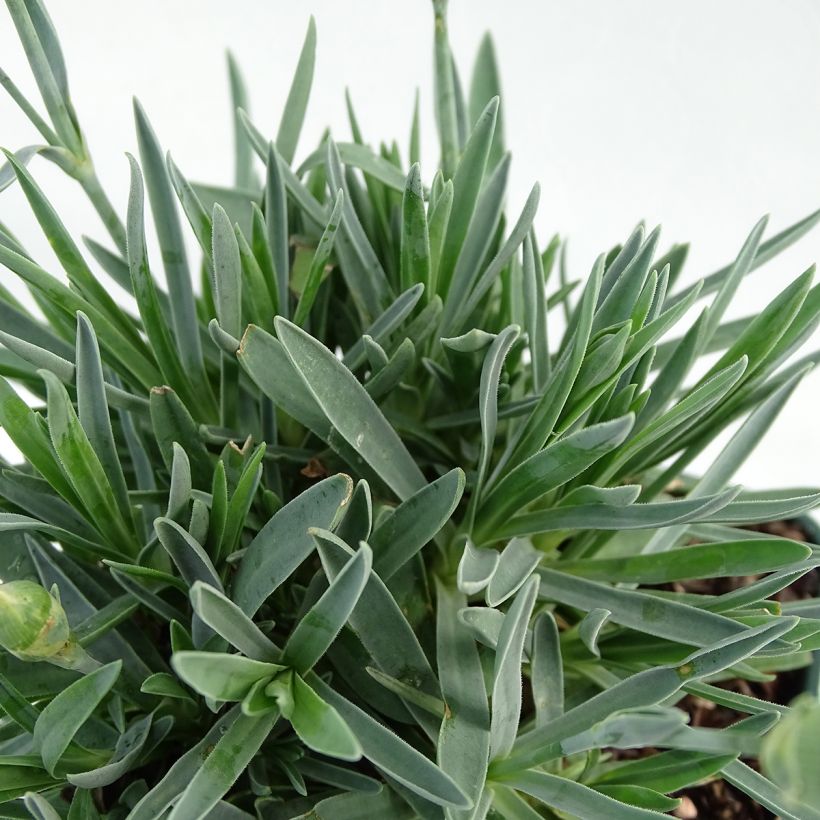

Flowering
Foliage
Plant habit
Botanical data
Dianthus
WHETMAN STARS ® Pop Star
Caryophyllaceae
Pink, Pot Carnation
Cultivar or hybrid
Other Dianthus - Pinks
Planting and care
Plant Dianthus 'Pop Star' in ordinary, permeable and humiferous, rocky, rather calcareous, dry to moist and especially well-drained soil. Gravel-rich soil yields good results. In open ground, this plant is very hardy, withstanding temperatures below -15°C (5°F). It prefers a very sunny exposure. Lightly trim the clump after summer flowering to promote regrowth in September. In rich soil, trim part of the foliage with shears after flowering to maintain a dense habit. Apply a balanced fertiliser to poor soil in March. Divide the clumps every 3 years to rejuvenate those whose base is thinning. Propagate by performing layering or by taking cuttings. Cultivating in pots will require regular watering and some flower fertiliser applications during the season to stimulate flower production.
Planting period
Intended location
Care
-
, onOrder confirmed
Reply from on Promesse de fleurs
Spring flowering perennials
Haven't found what you were looking for?
Hardiness is the lowest winter temperature a plant can endure without suffering serious damage or even dying. However, hardiness is affected by location (a sheltered area, such as a patio), protection (winter cover) and soil type (hardiness is improved by well-drained soil).

Photo Sharing Terms & Conditions
In order to encourage gardeners to interact and share their experiences, Promesse de fleurs offers various media enabling content to be uploaded onto its Site - in particular via the ‘Photo sharing’ module.
The User agrees to refrain from:
- Posting any content that is illegal, prejudicial, insulting, racist, inciteful to hatred, revisionist, contrary to public decency, that infringes on privacy or on the privacy rights of third parties, in particular the publicity rights of persons and goods, intellectual property rights, or the right to privacy.
- Submitting content on behalf of a third party;
- Impersonate the identity of a third party and/or publish any personal information about a third party;
In general, the User undertakes to refrain from any unethical behaviour.
All Content (in particular text, comments, files, images, photos, videos, creative works, etc.), which may be subject to property or intellectual property rights, image or other private rights, shall remain the property of the User, subject to the limited rights granted by the terms of the licence granted by Promesse de fleurs as stated below. Users are at liberty to publish or not to publish such Content on the Site, notably via the ‘Photo Sharing’ facility, and accept that this Content shall be made public and freely accessible, notably on the Internet.
Users further acknowledge, undertake to have ,and guarantee that they hold all necessary rights and permissions to publish such material on the Site, in particular with regard to the legislation in force pertaining to any privacy, property, intellectual property, image, or contractual rights, or rights of any other nature. By publishing such Content on the Site, Users acknowledge accepting full liability as publishers of the Content within the meaning of the law, and grant Promesse de fleurs, free of charge, an inclusive, worldwide licence for the said Content for the entire duration of its publication, including all reproduction, representation, up/downloading, displaying, performing, transmission, and storage rights.
Users also grant permission for their name to be linked to the Content and accept that this link may not always be made available.
By engaging in posting material, Users consent to their Content becoming automatically accessible on the Internet, in particular on other sites and/or blogs and/or web pages of the Promesse de fleurs site, including in particular social pages and the Promesse de fleurs catalogue.
Users may secure the removal of entrusted content free of charge by issuing a simple request via our contact form.

































